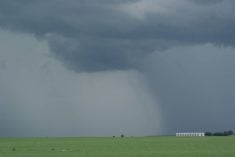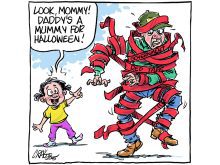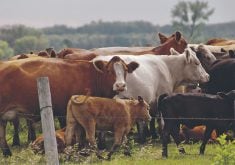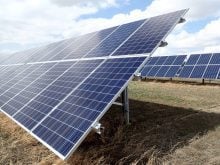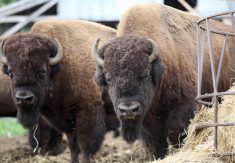Perhaps the low point for Guy Faber was watching a guy at a trade show in Germany throw a prototype canoe off a second-floor balcony.
Faber was on a government-sponsored trade mission and looking for a way to reinvent his family’s 110-year-old manufacturing business.
For four generations, the Fabers had made snowshoes, but after two winters with little snow, orders had dried up to the point where the family had to shut down the plant for six months. The company also made lovely, handcrafted cedar canoes, but rising costs meant it was barely breaking even.
Read Also
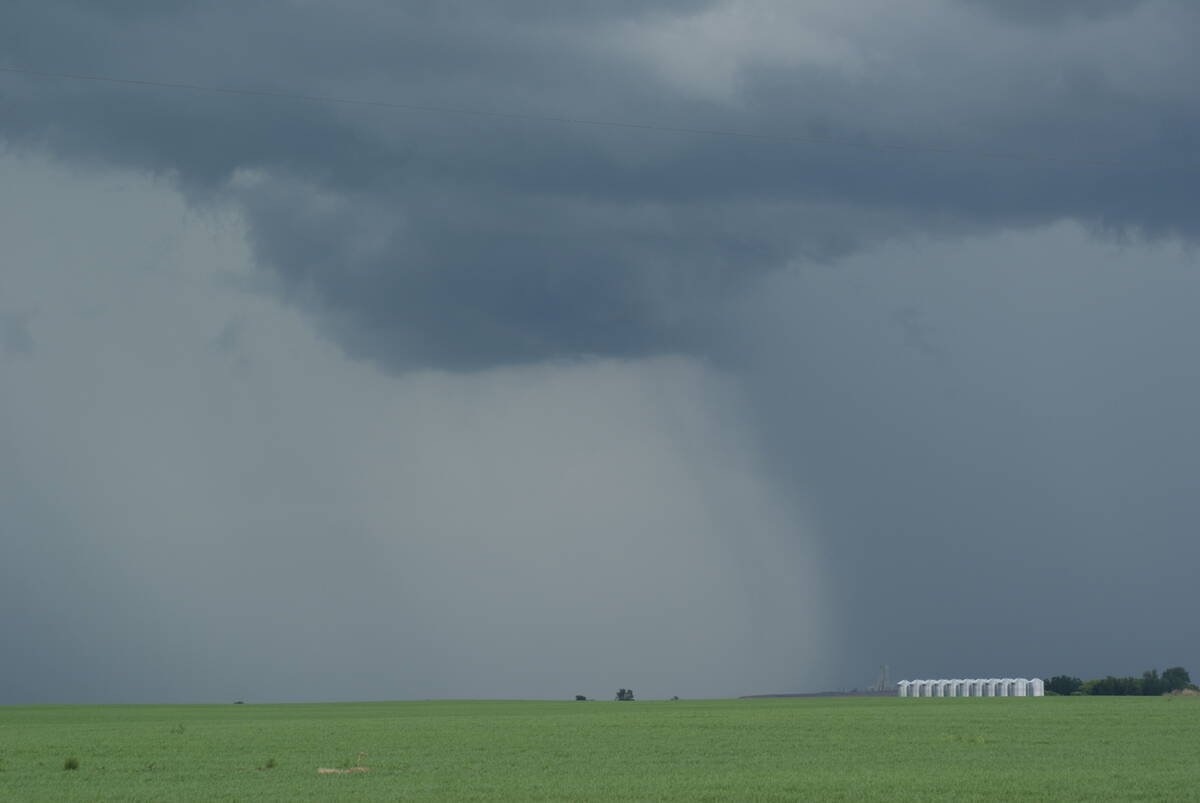
Canadian farmers need new tools to support on-farm innovation
Farmers need a risk management buffer that actually works and investment that drives advancements forward if Canada is to build resilience.
When Faber watched that canoe hit the German asphalt – a canoe that sold for significantly less than his company’s product – he saw his future.
“It hits the ground – bam – and it dents, and then the dents just pop out,” Faber said.
“It was perfect. When I saw that, I said to myself, ‘there is no future for us in canoes.’ “
Technology had crept up and passed the Fabers by.
However, Faber swore that would not happen to his family’s snowshoe business. He made good on that vow – 28 years later, Faber Snowshoes is one of North America’s leading snowshoe makers. Its factory, which employs as many as 50 workers during peak production, produces 60,000 pairs annually.
Its new products are practically unrecognizable from the traditional wood and rawhide models: fusions of high-strength aluminum and space-age webbing material; bindings that freely pivot and cambered frames that, like the canoe in Germany, spring back into shape.
But the story of the Faber revival is not so much one of adopting new technology as it is finding the courage to take the plunge when times were tough, which is a dilemma farmers regularly face.
Faber knew where the snowshoe business was headed. The aluminum snowshoe had come out a few years earlier and a variety of new material was available that outperformed rawhide.
However, he also knew that retailers, having already taken snowshoes off their shelves during those snow-free winters, would be slow to allocate shelf space for these newfangled and more expensive versions.
And just to put the icing on the cake, the early 1980s were a horrible time to be borrowing money for new investment.
“You have to remember, this was back when you’d go to the bank for a mortgage and you’d have to pay 20 or 21 percent,” Faber said.
“So those were tough times. And the toughest thing was saying, ‘we have to go through this.’ You had to keep telling yourself, ‘the good times will come back again.’ “
Faber said it helped that he and his brother Richard were young, full of confidence and could see the perils of standing still.
“At that time, there were maybe 15 guys – some big, some small – who were making traditional snowshoes within 50 miles of Quebec City,” he said.
“We’re the only ones left.”
None of this is to say the Fabers were reckless. Their company still makes traditional snowshoes and their first new products were hybrids, wood frames married with synthetic webbing. They were also prudent when it came to borrowing and retaining cash.
The most important lesson he learned, Faber said, is to constantly think about ways to change and innovate.
“I remember saying to my father, ‘we must make this move. If we don’t change, we will get wiped out,’ ” he said.
“And it’s still the same thing today. So the only way we survive is by constantly innovating.”
Extreme makeovers such as Faber Snowshoes’ transformation are relatively rare, but the Fabers’ dilemma about whether to innovate and invest when times are lousy is a common one in agriculture.
No doubt many of their local competitors thought it prudent to wait until times were better before taking that risk. It’s a natural instinct, but often a fatal one.
Glenn Cheater is editor of the Canadian Farm Manager, the newsletter of the Canadian Farm Business Management Council. The newsletter as well as archived columns from this series can be found at www.farmcentre.com.


